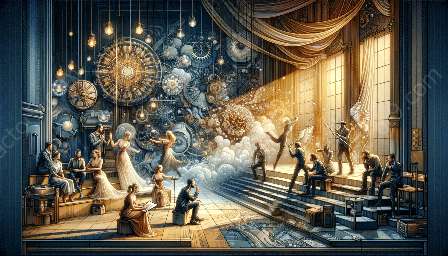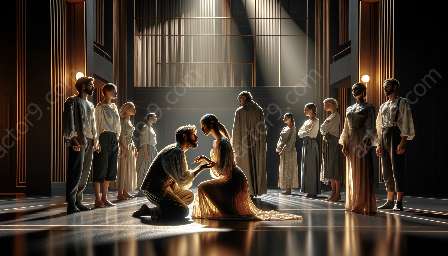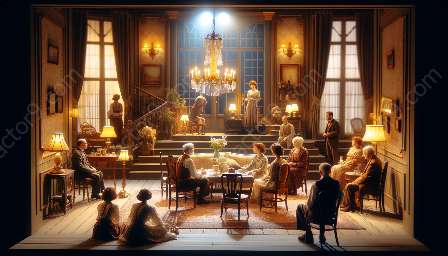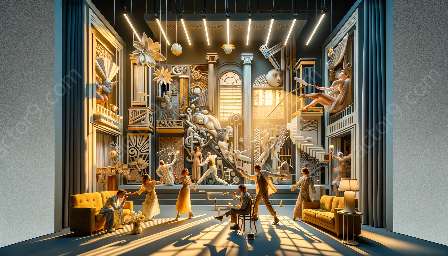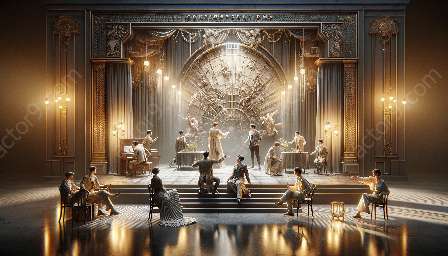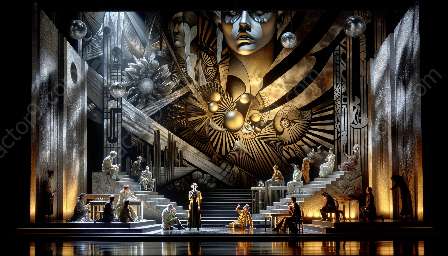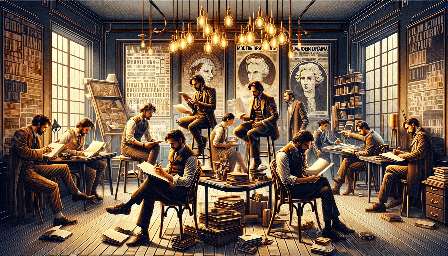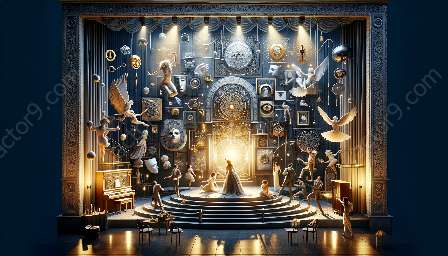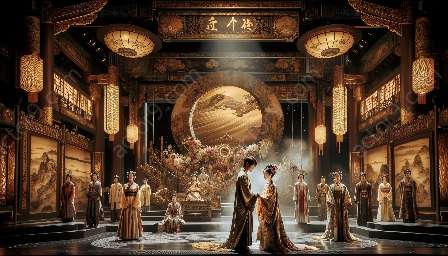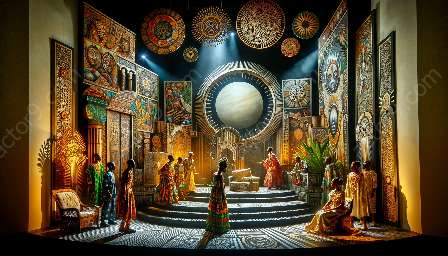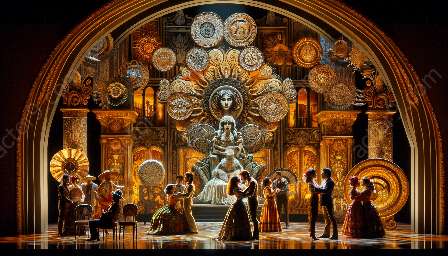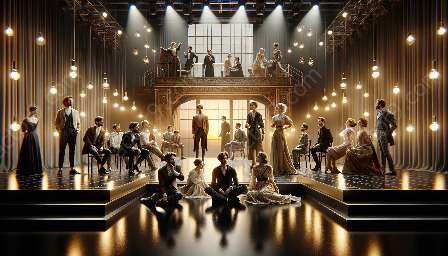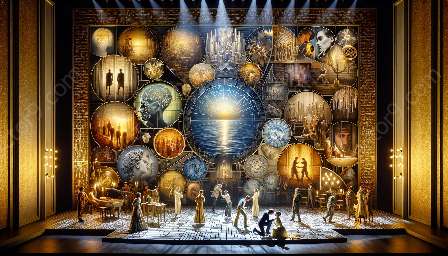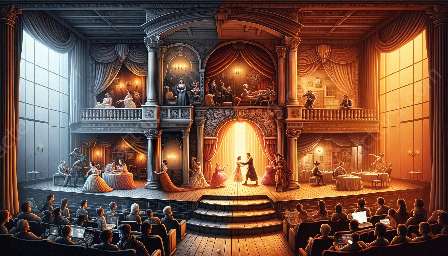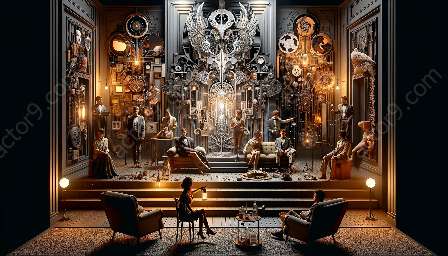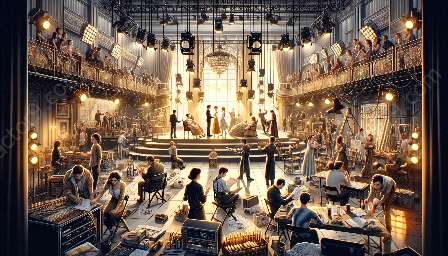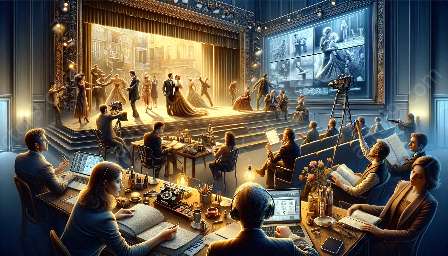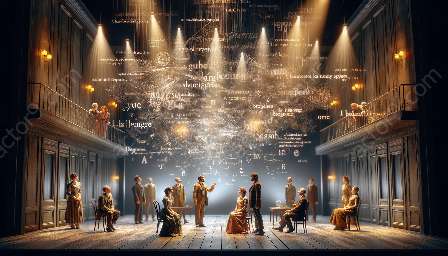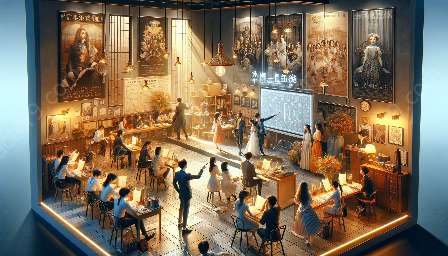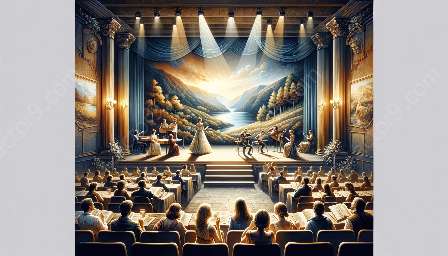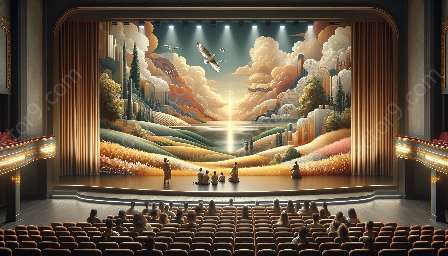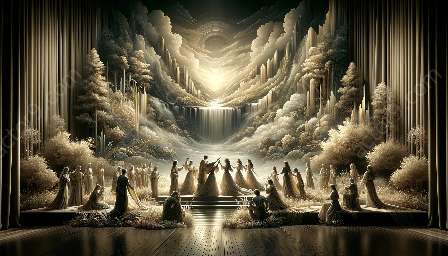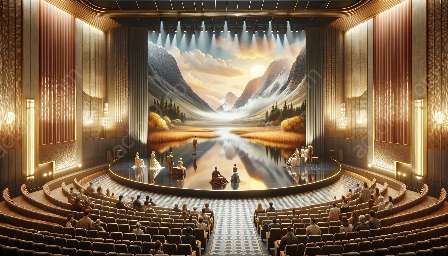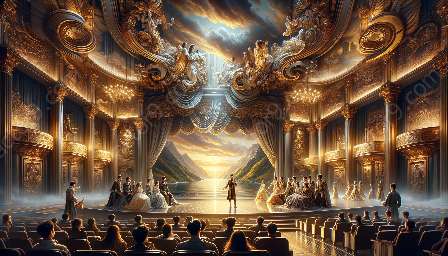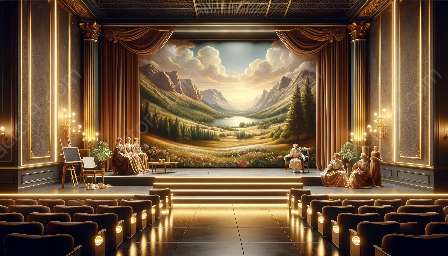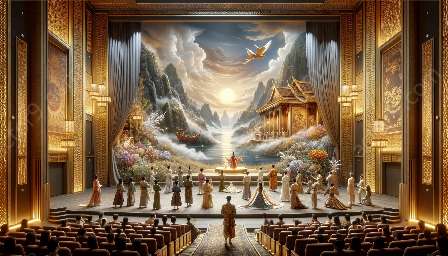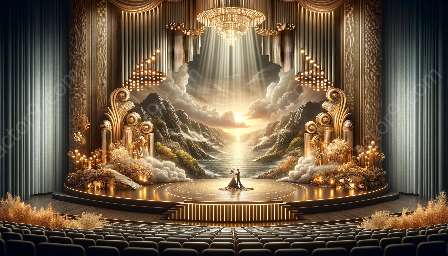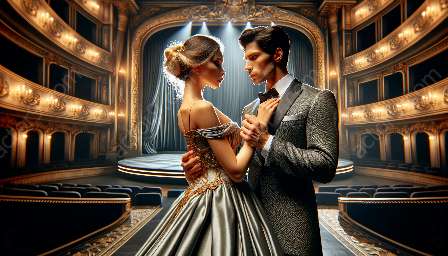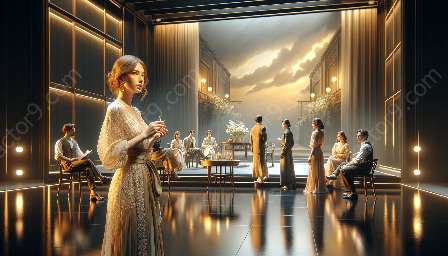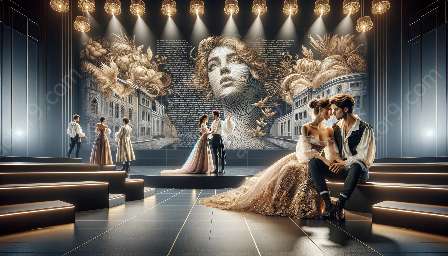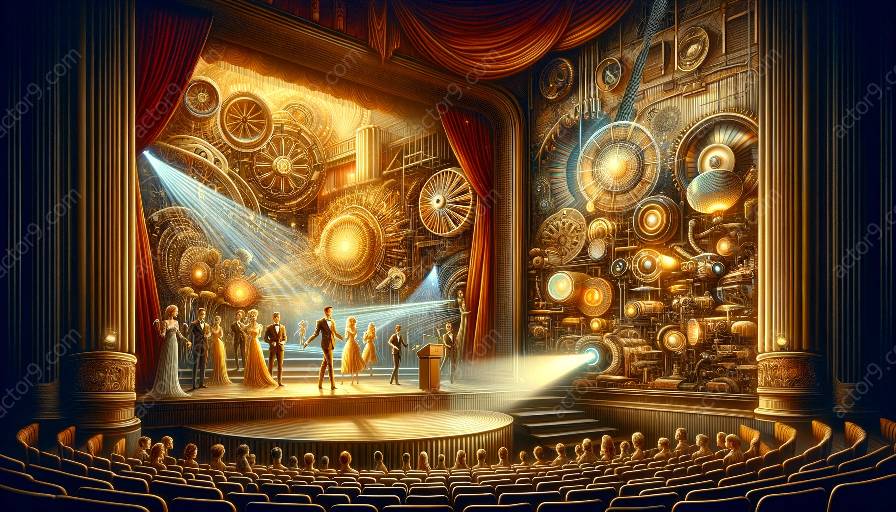Drone technology has been increasingly making its mark in the world of theater performances, offering new creative possibilities and pushing the boundaries of modern drama. This article will delve into the fascinating integration of drone technology in theater, examining how it is transforming the way stories are told on stage and its connections to science and technology. From the utilization of drones for aerial cinematography to creating immersive visual effects, the impact of this technological innovation on modern drama is profound.
Exploring the Intersection of Science, Technology, and Modern Drama
The confluence of science, technology, and modern drama has given rise to a new era of innovation in the performing arts. These disciplines are no longer confined to their respective domains but are increasingly intersecting to create captivating experiences for audiences. In this context, drone technology has emerged as a powerful tool that opens up a world of creative potential for directors, visual artists, and playwrights.
The Role of Drones in Shaping Theatrical Narratives
One of the most impactful ways that drone technology has influenced theater performances is in the realm of storytelling. Drones offer a unique vantage point, enabling directors to capture breathtaking aerial perspectives that were previously unattainable. This has revolutionized the portrayal of landscapes, battle scenes, and visually stunning sequences in modern drama. The seamless integration of drones in live performances has allowed for dynamic and immersive storytelling, enhancing the audience's engagement and emotional connection to the narrative.
Enhancing Visual Spectacles and Special Effects
Furthermore, the use of drones has significantly elevated the visual spectacles and special effects in theater productions. Through carefully choreographed movements and synchronized lighting, drones are capable of creating mesmerizing visual displays that add an extra dimension to the overall theatrical experience. With the ability to maneuver in three-dimensional space, drones bring a sense of dynamism and grandeur to the stage, transforming static scenes into captivating displays of creativity and technical prowess.
Technological Innovations and Dramatic Expression
From a technological standpoint, the incorporation of drones in theater performances has necessitated innovative developments in control systems, safety protocols, and artistic collaboration. Sophisticated software and hardware advancements have enabled the seamless orchestration of drone movements, ensuring precise and synchronized performances without compromising safety. Moreover, the symbiotic relationship between technology and artistic expression has led to cross-disciplinary collaborations between engineers, visual artists, and theater professionals, fostering an environment where creativity and technical ingenuity intersect.
Future Implications and Ethical Considerations
As drone technology continues to evolve, it raises thought-provoking questions about its future implications and ethical considerations in theater. The integration of drones in performances has prompted discussions about privacy, audience safety, and the potential impact on traditional stagecraft. It becomes imperative for theater practitioners to navigate these considerations while harnessing the transformative power of drone technology to create compelling and responsible artistic expressions.
Conclusion
The integration of drone technology in theater performances represents a paradigm shift in modern drama, blurring the lines between science, technology, and artistic expression. This exciting convergence offers a glimpse into a future where storytelling in theater is redefined through innovative aerial perspectives, immersive visual effects, and collaborative creativity. As drone technology continues to advance, it is poised to shape the future of theater, enriching the artistic landscape with its boundless possibilities and captivating narratives.


